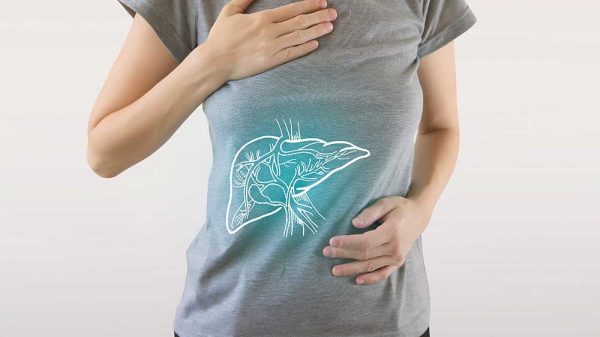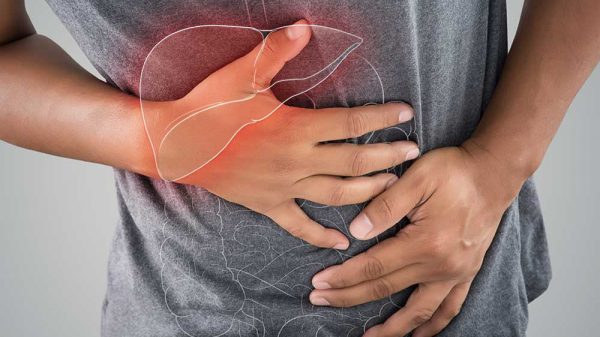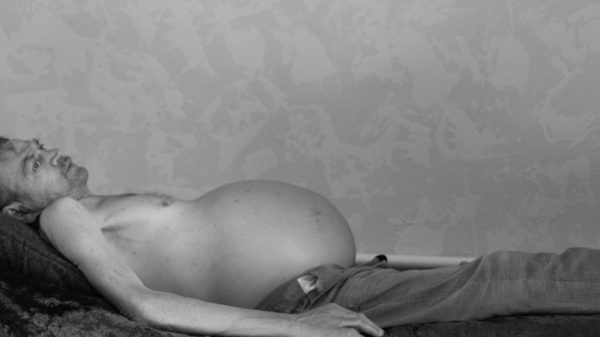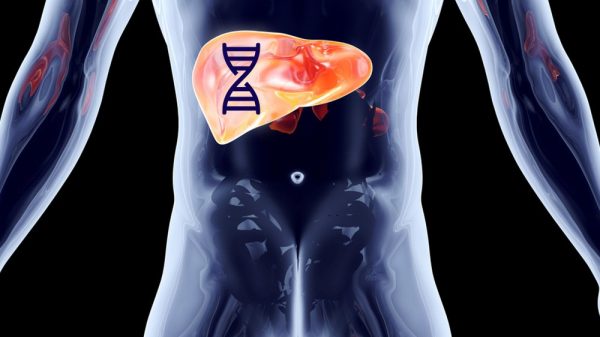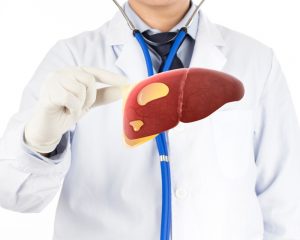Several health conditions can result in reduced quality of life and overall wellness. Some of these health issues can be minor and may be treated using simple home remedies. However, some health conditions are considered severe and can pose health risks, such as organ failure. Examples of such major conditions are steatohepatitis and steatosis, both of which refer to some form of accumulation of fat in the liver. These fatty liver diseases also come with changes (Histopathology) depending on the stage of the condition. What are the stages of fatty liver, and what changes can individuals expect from these stages? Read on to find out more!
Steatosis and Steatohepatitis
Hepatic steatosis is referred to as fatty liver disease, occurs when there is an accumulation of fat in the liver. A little bit of fat present in the liver is acceptable, but when it gets out of control, it can lead to some major problems for the individual.
Steatohepatitis is a condition resulting in inflammation of the liver due to the build-up of fats. On the other hand, steatosis is also referred to as abnormal accumulation of fat in the liver that is leading to the disease that is referred to as a fatty liver disease.
The second-largest organ in the human body is the liver, and its main function is the processing of nutrients from food items and beverages and the filtering of substances in the blood that are harmful. The build-up of fat in the liver can lead to the inflammation of the liver which can consequently result in damage to the liver and (eventually) scarring. In severe cases, the scarring can lead to the person experiencing failure of the liver.
AFLD or alcoholic fatty liver disease is the development of fatty liver for people who take in too much alcohol. One the other hand, people who do not drink a lot of alcohol can develop a condition known as NAFLD or non-alcoholic fatty liver disease. In Europe and the United States, it is estimated that around 25% to 30% of individuals are affected by NAFLD.
Histopathology of Fatty Liver Disease
The condition known as fatty liver disease comes in four different stages, with notable changes for each phase. These are:
- Simple Fatty Liver: Excess fat is accumulated in the liver and starts building up
- Steatohepatitis: Aside from the accumulation of fat, individuals are now affected by inflammation of the liver
- Fibrosis: The liver, constantly exposed to inflammation, may now encounter some form of liver scarring.
- Cirrhosis: Liver scarring has become widespread and considered severe.
The last stage which is cirrhosis is a major health concern and is considered a potentially life-threatening condition. It is also usually irreversible and as such, the aforementioned medical condition must be prevented even before it develops.
What are the Major Risk Factors for Fatty Liver Disease?
Some of the risk factors in the development of fatty liver include:
- Metabolic syndrome
- High blood sugar levels
- Increased levels of triglycerides
- High levels of cholesterol,
- Certain medications such as valproic acid, amiodarone, tamoxifen, and methotrexate.
Individuals who also have fatty liver disease run in their family, there is also an increased chance that they will develop the above-mentioned disease.
What are the Possible Symptoms of Fatty Liver Disease?
In the early stages of fatty liver disease, you may have no observable symptoms. However, an individual with fatty liver disease may feel tired more frequently and may have pain and discomfort in the abdomen’s upper right portion. Complications may also occur for people with fatty liver disease such as scarring of the liver. This kind of scarring in the liver is referred to as fibrosis of the liver. The more severe form of scarring or fibrosis of the liver is referred to as cirrhosis.
The other symptoms of cirrhosis include confusion, enlargement of men’s breasts, legs that are swollen, swelling of the abdomen, pain in the abdomen, clusters that are web-like beneath the skin, skin that is itchy, nosebleeds, fatigue, weakness, weight loss, and loss of appetite.
Possible Causes of Fatty Liver
Fatty liver occurs when the body has excess fat production without efficiently metabolizing or processing it. This fat is then placed for storage by the body in the cells of the liver where it can get accumulated forming fatty liver. This fat build-up can be due to several factors. One factor would be consuming excessive amounts of alcohol which is usually the initial stage in the development of the liver disease that is alcohol-related. For people who do not consume tons of alcoholic beverages, the possible cause of the said disease can be quite vague.
Some of the common causes of the non-alcoholic fatty disease include fat in high levels in the blood, resistance to insulin, sugar in the blood that is high, and being obese. Some of the other causes that are not that common include exposure to toxins, medication side effects, infections like hepatitis C and other similar infections, rapid weight loss, and pregnancy.
Fatty Liver Diagnosis: How is it Done?
To detect fatty liver disease, the patient’s medical professional will conduct some physical exams, check on the patient’s family history, and have some tests done. For the patient’s medical history, the doctor will ask about health changes, medications being taken, other medical conditions, lifestyle and alcohol consumption, and family medical history.
Next the healthcare professional may conduct a physical exam and check on the patient’s abdomen. If there is an enlargement of the liver, then it may be felt by trained hands. The doctor can then request other tests such as blood tests, imaging studies, and a liver biopsy is done. Once all of these diagnostic procedures are accomplished, the doctor can come up with an appropriate treatment plan for the patient which can include lifestyle changes, medications, and even surgery.
